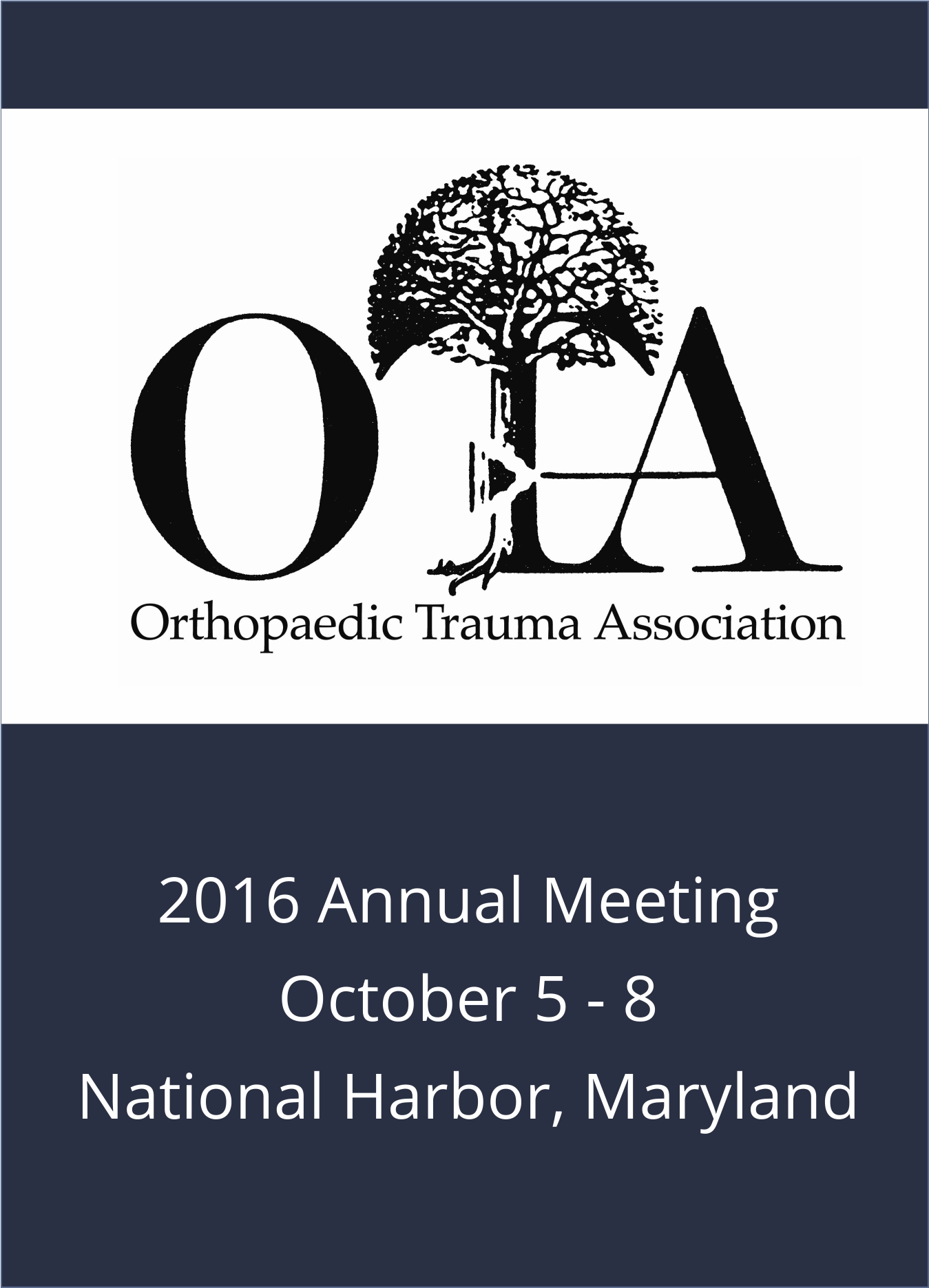
OTA 2016: IM nailing of a tibial shaft fracture with the knee semi-extended vs. flexed

OTA 2016: IM nailing of a tibial shaft fracture with the knee semi-extended vs. flexed
Parapatellar semi-extended and flexed knee tibial nailing technique are equivalent in regards to knee pain: a randomized controlled trial
Did you know you're eligible to earn 0.5 CME credits for reading this report? Click Here
CONFERENCE ACE REPORTS
This ACE Report is a summary of a conference presentation or abstract. The information provided has limited the ability to provide an accurate assessment of the risk of bias or the overall quality. Please interpret the results with caution as trials may be in progress and select results may have been presented.
Synopsis
60 patients with a tibial shaft fracture were scheduled for fixation via intramedullary nailing and randomized to nail insertion through a parapatellar approach with the knee in either a semi-extended or flexed position. The purpose of this study was to compare knee pain, assessed using the Symptoms Subset of the International Knee Documentation Committee (SS-IKDC) Score, at 1-year follow-up. The ...
To view the full content, login to your account,
or start your 30-day FREE Trial today.
FREE TRIAL
LOGIN
Forgot Password?
Explore some of our unlocked ACE Reports below!

Learn about our AI Driven
High Impact Search Feature
Our AI driven High Impact metric calculates the impact an article will have by considering both the publishing journal and the content of the article itself. Built using the latest advances in natural language processing, OE High Impact predicts an article’s future number of citations better than impact factor alone.
Continue



 LOGIN
LOGIN

Join the Conversation
Please Login or Join to leave comments.